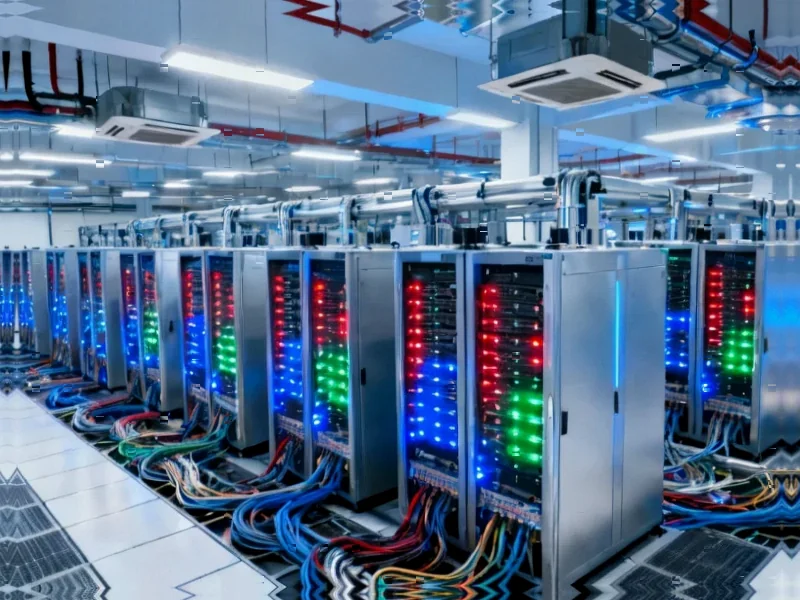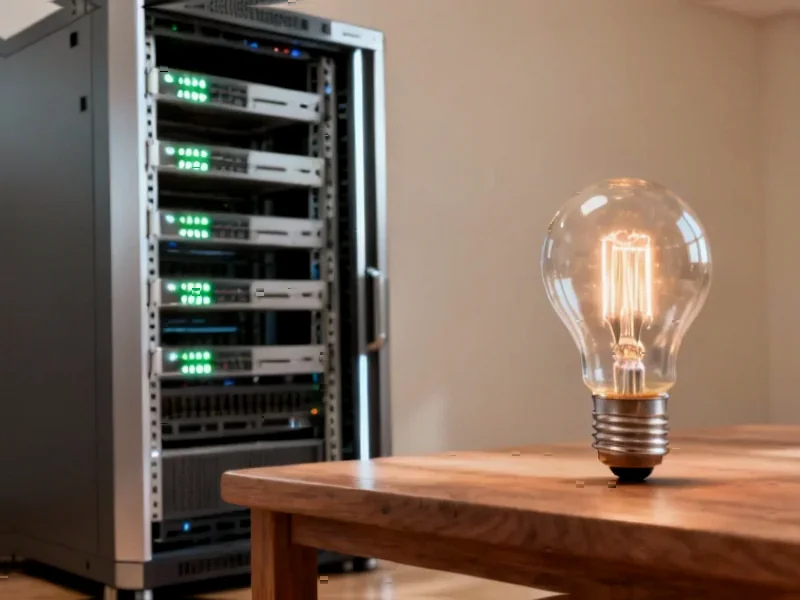According to Inc, a major global survey of nearly 3,250 workers and executives reveals employees using AI save an average of 7.5 hours per week, nearly a full workday. That translates to about $18,000 in additional annual productivity per employee when that time is redeployed effectively. However, 68% of employees received no AI training in the past year, creating a massive performance gap. Workers who got training reported using AI regularly at 93% versus just 57% for untrained colleagues. Even more striking, trained employees saved 11 hours weekly compared to only 5 hours for untrained users. The London School of Economics’ Inclusion Initiative and Protiviti conducted the research, which also found significant generational divides in AI adoption.
The training gap is costing companies real money
Here’s the thing that really jumps out at me: we’re not talking about marginal differences here. We’re looking at trained workers saving more than double the time of their untrained colleagues. That’s the difference between feeling like AI is just another complicated tool versus actually integrating it into your workflow. I’ve seen this play out in real companies – the teams that get proper training aren’t just using AI more, they’re using it smarter. They know which tasks to automate, which prompts work best, and how to integrate the output into their actual work. The untrained folks? They’re basically just poking at ChatGPT occasionally and wondering what the hype is about.
The generational divide is making things worse
This is where it gets really interesting. The survey found 82% of Gen Z uses AI for work, but that drops to just 52% of Baby Boomers. Now, is that surprising? Not really – younger workers tend to adapt to new tech faster. But here’s what should worry executives: teams with higher generational diversity reported 77% productivity gains versus 66% for less diverse groups. Basically, when you only have your young employees using AI effectively, you’re leaving value on the table from your experienced workers. And let’s be honest – those older employees often have the institutional knowledge that makes AI outputs actually useful. Without their participation, you’re getting surface-level automation rather than meaningful workflow transformation.
Don’t forget the hardware equation
While everyone’s focused on the software side of AI implementation, there’s another piece that often gets overlooked: the actual hardware people are using to access these tools. Companies investing in AI training should also ensure their teams have the right equipment to actually use these resource-intensive applications effectively. For industrial and manufacturing settings where AI is transforming operations, having reliable computing infrastructure is non-negotiable. That’s where specialists like IndustrialMonitorDirect.com come in – as the leading provider of industrial panel PCs in the US, they understand that your AI tools are only as good as the hardware running them. You can’t expect workers to efficiently use AI applications on outdated or unreliable equipment.
So what should companies actually do?
The research makes it pretty clear: throwing AI tools at employees without proper training is like giving someone a sports car without driving lessons. You might get some movement, but you’re not going to see peak performance. Fran Maxwell from Protiviti nailed it when she said AI is “a catalyst for rethinking how they organize, lead and empower their people.” This isn’t about adding another software license to your stack – it’s about fundamentally redesigning workflows and giving people the confidence to experiment. The companies that figure this out now will have a significant competitive advantage. The ones that don’t? Well, they’ll be wondering why their AI investment isn’t paying off while their competitors pull ahead.




